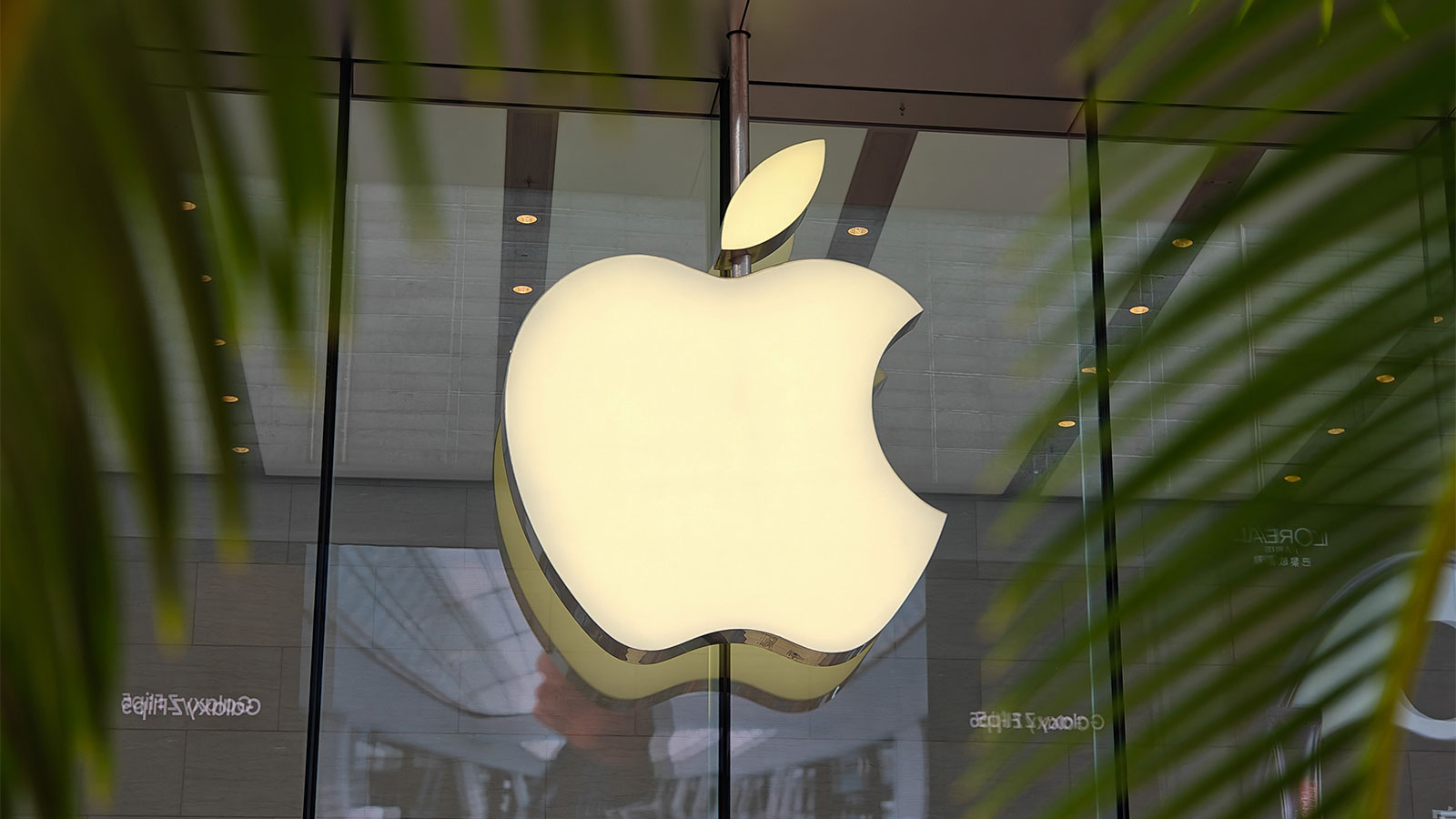- cross-posted to:
- technology@beehaw.org
- cross-posted to:
- technology@beehaw.org
I haven’t gotten a chance to look at it yet, but Lewis Rossmann’s comments are usually very helpful for things like this. I don’t know what apple is playing at.
Here is an alternative Piped link(s): https://piped.video/0tB3t7xGWjk?si=WuNaLDG3JezU0Rwn
Piped is a privacy-respecting open-source alternative frontend to YouTube.
I’m open-source, check me out at GitHub.
Good bot
I’m sure they’ll find a way to sell their components at full price just like what they do right now. They’ll surely keep their DRMs in place and prevent repairs with other components.
If they support it, it is because they modified it enough so that they benefit from it.
Agreed. But then it’s not actually right to repair. Right to repair means you need to be able to complete a repair on your own, and that includes any software needed to pair your parts, components, etc.
So if Apple messes with the bill, I hope that is made obvious by Right to Repair advocates and blows up in Apple’s face.
The same way I am extremely skeptical on macrohard supporting right to repair bills, I am very skeptical of appl€ doing the exact same thing. Ain’t no way they ain’t gonna spin it in a way that forces you to either be stuck with macO$ or Bimbows so they can shut out both gøøgl€ and Linux/BSD/whatever else.
What about battery, ram and storage in laptops?
Right to repair doesn’t mean you can.
Right to repair means you have access to the parts and software tools needed to do the repair. So for Apple, that would mean battery, RAM, and storage modules, plus any software needed to pair things.
So if you don’t have the skills or equipment to repair your laptop yourself, you could at least go to a selection of independent repair shops that do.
That would be great. But Apple has fused all these things together on the motherboard so that … well … they can only be replace outright vs repaired.
I don’t mind cpu / mobo fusing but storage and ram is just a kick in the ass. It really is a shame.
Things that are soldered can be desoldered and replaced, provided the parts are available. And soldering them to the board has benefits:
- RAM - higher performance because chips are closer to the CPU
- storage - space efficiency
I personally would rather have a slightly thicker laptop and get user replaceable NVMe drives, and memory performance isn’t super critical for me, but as long as the parts are available on the market for a reasonable price, I’m satisfied as far as repairability goes.
the debate is could vs should
Maybe for storage, but I’ve heard the RAM proximity is a significant part of why M1 is faster than Intel CPUs in benchmarks
Regardless, we shouldn’t be fighting to force manufacturers to make products easier to repair, we should be fighting to make sure all parts needed to do a repair are available, and that should include software and all chips on a board. They don’t need to sell those parts forever, just have them available for the life of the product (e.g. as long as the device is being sold or warrantied by the manufacturer). And they don’t need to sell the parts themselves, only allow third parties to buy parts from theirb suppliers.
Once we have that, we can discuss repair-hostile design. But as long as parts aren’t available, there’s not really a point to forcing manufacturers to make it easier to make repairs.
Any idea what prompted this about face?
Pessimistic: Apple lawyers have arguments prepared that DRM’ing individual components does not violate this law.
Less Pessimistic: Apple got a sufficient head start in supporting third-party repairs that it would be beneficial for them to get this law passed so that other manufacturers scramble to catch up.
Not DRM, but Apple does signing of components.
Apple doesn’t care because they already set their self repair program up exactly the way this legislation states. If you buy certain components you have to contact them for assistance activating them.
Not DRM
Apple doesn’t care […]. If you buy certain components you have to contact them for assistance activating them.
You are contradicting yourself
No, I’m actually not. Digital Rights Management has a specific meaning. Apple pairs devices to each other cryptographically, but it has nothing to do with managing rights. You have to contact them to assist you in pairing the devices to avoid warnings, just like a repair center does, but you are not actually activating them with Apple.
Oh, yeah, you are right. Sorry, I’m just too much used to calling DRM as Digital Restrictions Management.
You have to contact them to assist you in pairing the devices to avoid warnings, just like a repair center does, but you are not actually activating them with Apple.
Do you mean that the devices actually boot with the replacement parts, but they also show a warning about them? If so, did this change recently (as in, last few years), or was it always that way since digitally signed parts became a thing?
I don’t know if every replacement part is still bootable, but for some things it will boot up and warn you and disable some features like faceid.







